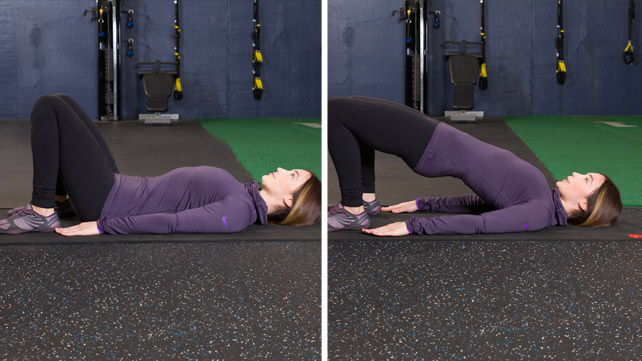Presented on US Sports Net By StrengthCoach.com!
A recent post on my website forum made me realize that often a short answer to a complicated question doesn't work. A few of my readers seemed to think that all of the recent talk about a weak psoas muscle or an under-active psoas muscle might just be people being trendy. I for one strongly disagree.
I think my increased knowledge of the biomechanics of hip flexion is one of the most valuable things that I have learned in the past five years. The problem with understanding hip flexion in general and the psoas muscle in particular is that we use the term "hip flexor" as a generic term to apply to five muscles, four of which have distinctly different leverage positions from the other one. I must admit that, like most of us in the profession, I did not previously make any distinction among members of the hip flexor group. All of the hip flexor muscles seemed to work together to flex the hip and that, at the time, was enough for me. However, my recent reading into the work of physical therapist Shirley Sahrmann has changed my thinking about hip flexors, as it has about many other muscle groups.
The wisdom that Sahrmann shares in her book "Diagnosis and Treatment of Movement Impairment Syndromes" explains many of the injury riddles of the strength and conditioning field, particularly the "hip flexor" or "quad" pull. The key to understanding the motion of hip flexion comes from looking at the anatomical leverages of the different muscles involved. There are five muscles that are capable of assisting in hip flexion; the tensor fascia latae (TFL), the rectus femoris (distinct in that it is both a member of the quadriceps group and a hip flexor), the iliacus, the sartorius, and the psoas. As previously mentioned three of these muscles possess something in common, two are distinctly different.

As is often cliché, the key is in the differences, not the similarities. The TFL, rectus femoris and sartorius, all have insertion at the iliac crest. This means that all of these muscles are capable of hip flexion up to the level of the hip. This is simply a function of the principles of mechanical leverage. The psoas and the iliacus are different. The psoas has its origin on the entire lumbar spine, the iliacus on the posterior of the ilium. This creates two distinct differences.
1- The psoas acts directly on the spine. Possibly as a stabilizer for the iliacus and possibly as a flexor
2- The psoas and the iliacus are the only hip flexors capable of bringing the hip above ninety degrees.
In the case of a weak or under-active psoas or iliacus the femur may move above the level of the hip but it is not from the action of the psoas and iliacus but rather from the momentum created by the other three hip flexors. With this knowledge in hand, I believe that our knowledge of back pain, "hip flexor strains", and 'quad pulls" is drastically expanded. Before we discuss specific injuries let's first look at how to assess the function of the psoas and iliacus. Sahrmann's test is simple. In single leg stance, pull one knee to the chest and release. Inability to keep the knee above ninety degrees for 10-15 seconds indicates a weak psoas or a weak iliacus.
Other signs:
- a cramp at the iliac crest in the region of the TFL
- an immediate backward lean to compensate
- a large pelvic shift to the right or left
- a quick drop from the top with a "catch" at the ninety degree point......Keep reading.......



No comments:
Post a Comment